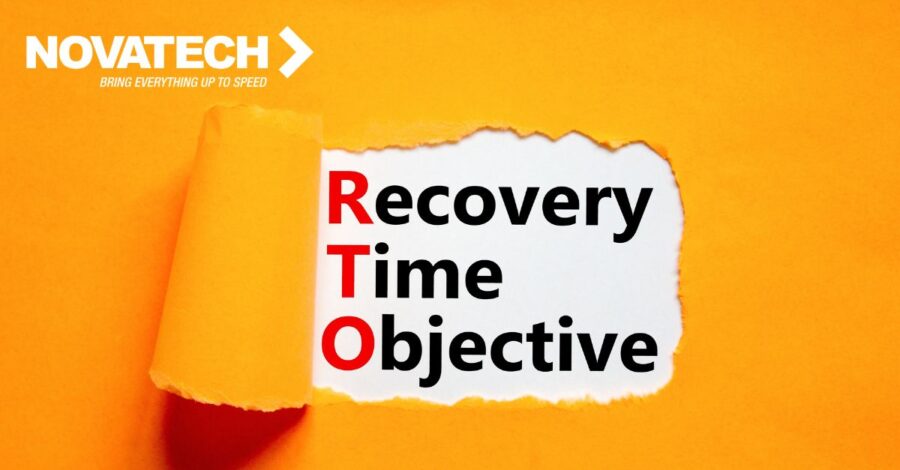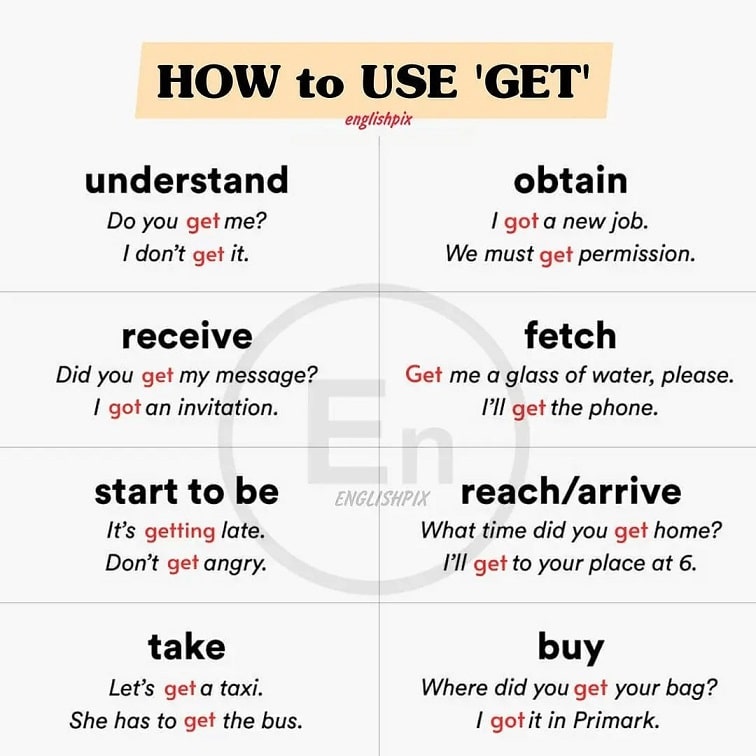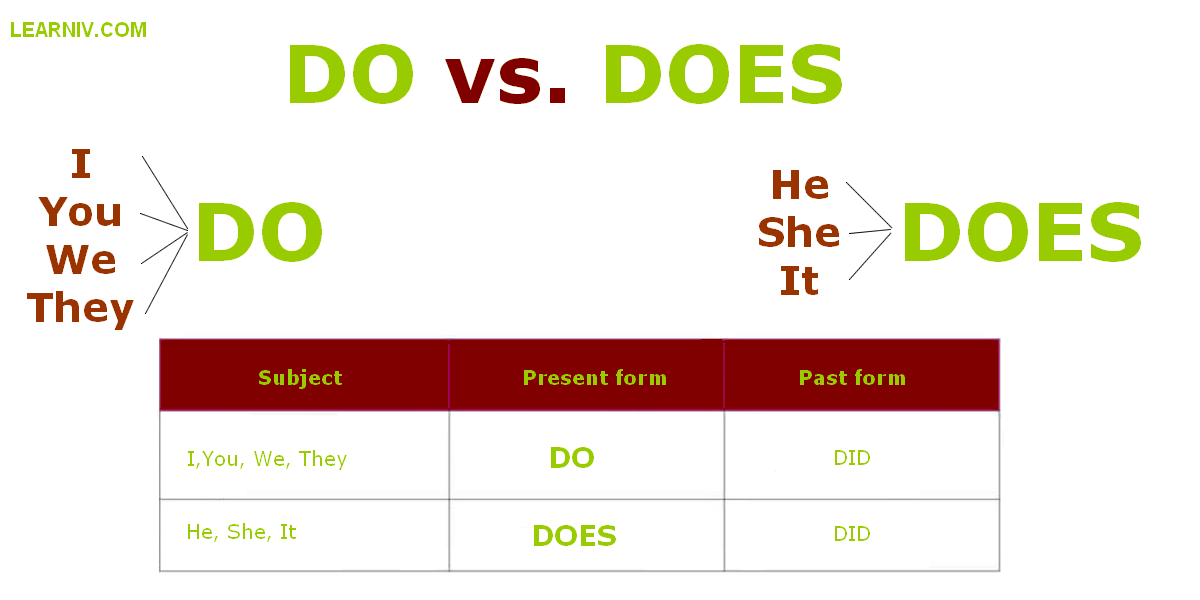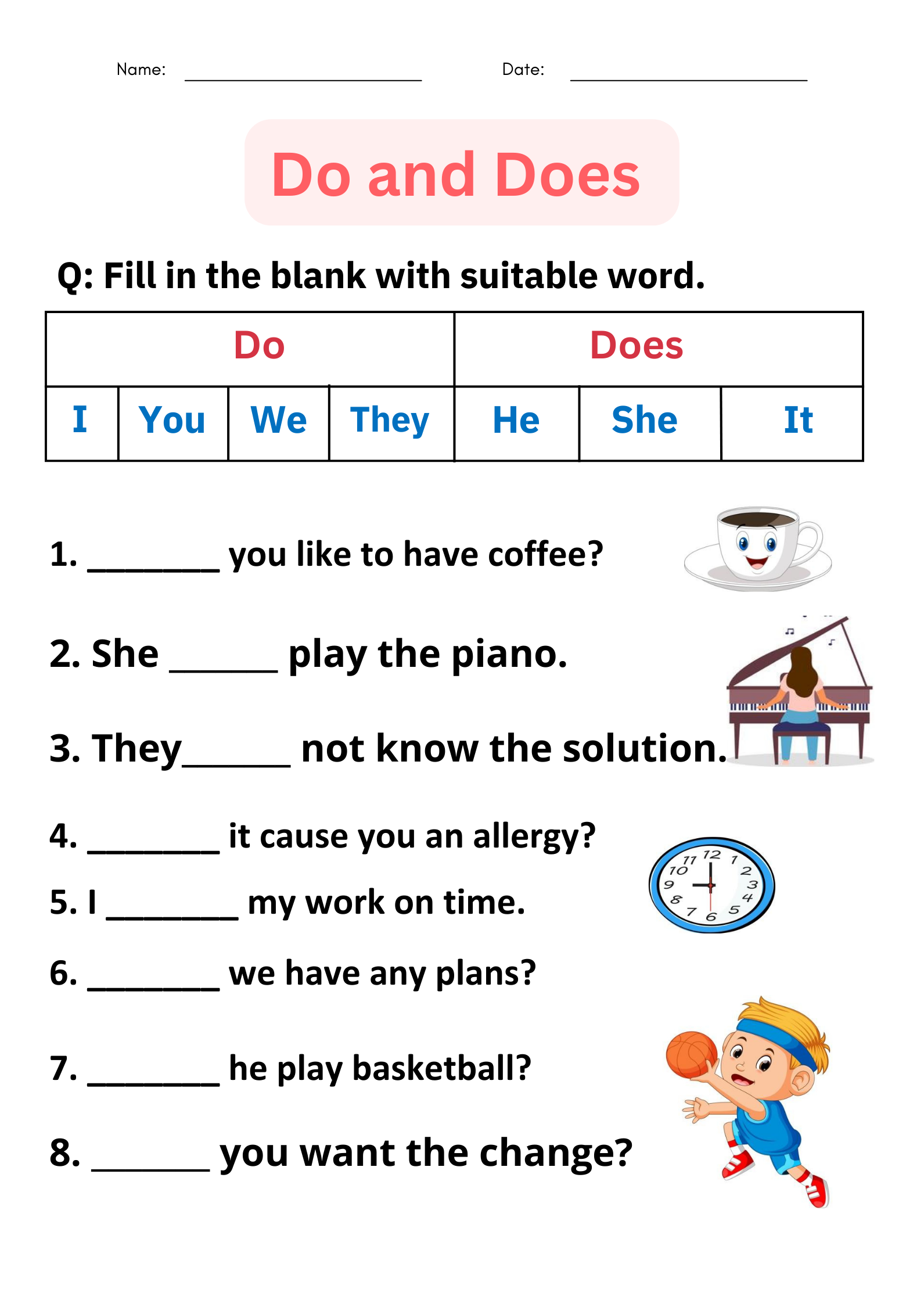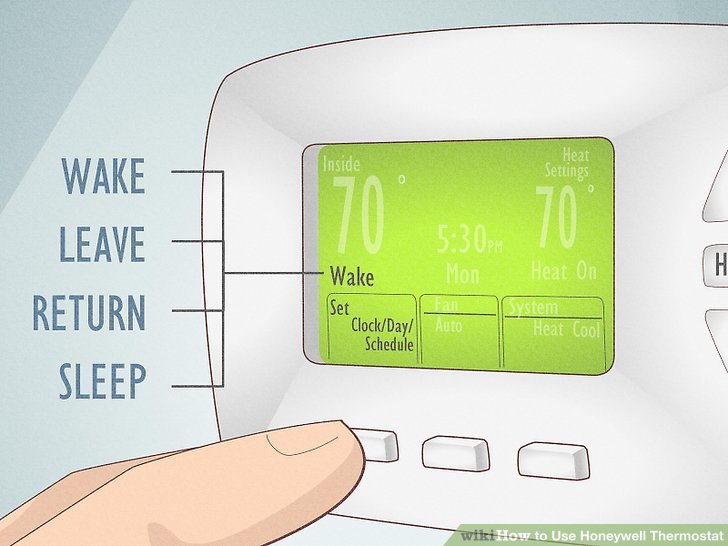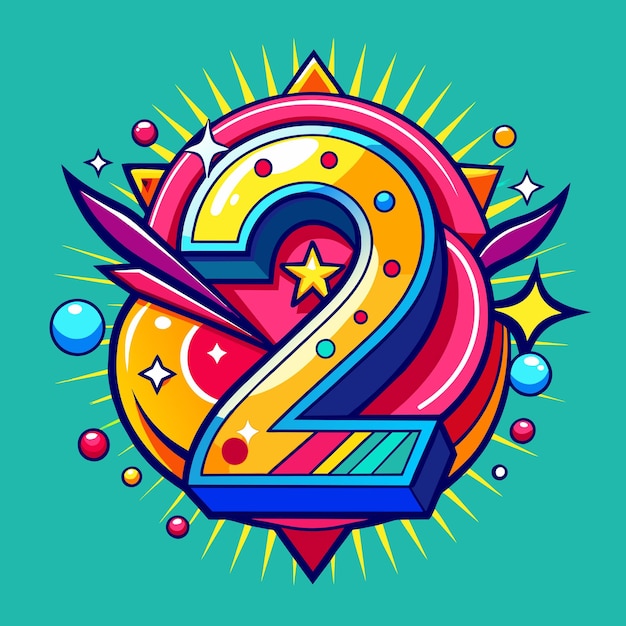Understanding the Nomad Lifestyle: Freedom, Adaptation, and Modern Realities
Introduction: The Essence of a Nomad Lifestyle
The nomad lifestyle is defined by constant movement, a search for new experiences, and a deep commitment to personal freedom. Unlike traditional living arrangements anchored to one location, nomads prioritize mobility and adaptability, often choosing to live with fewer possessions and a flexible approach to work and relationships. While the romantic image of wandering the world is appealing, the reality of nomadism is a complex blend of opportunities, challenges, and a unique mindset that values experiences over material accumulation [1] [5] .
What Defines a Nomad Lifestyle?
At its core, a nomad lifestyle involves living without a permanent home and moving regularly from place to place. For some, this means following traditional patterns-like searching for food, water, or grazing land as practiced by pastoral and hunter-gatherer societies. For others, especially in the digital age, it means leveraging technology to work remotely while exploring new destinations around the globe [3] [4] .

Source: digitalnomadsoul.com
Nomads can be categorized into several groups:
- Traditional nomads: Pastoralists and foragers who move to sustain their communities or livelihoods.
- Modern or digital nomads: Individuals who use technology to work remotely while traveling, often seeking cultural enrichment and flexibility.
- Seasonal or lifestyle nomads: People who travel according to climate, work seasons, or personal preference without a fixed home base.
The Mindset and Characteristics of Modern Nomads
Living as a nomad requires a distinct mindset. Adaptability is crucial, as nomads must learn to thrive in new settings, adjust to unfamiliar cultures, and manage uncertainty. Minimalism becomes a practical necessity-carrying only what you need and favoring experiences over possessions. Many nomads also report a greater sense of freedom and personal growth, as the lifestyle forces regular self-reflection and resilience [1] [2] [5] .
Key characteristics include:
- Minimal attachments to places or things.
- Openness to new experiences and cultures.
- Self-reliance and problem-solving skills.
- Flexibility in routines and relationships.
- Emphasis on personal growth and adventure.
Daily Life: How Do Nomads Live?
The daily routines of nomads vary widely depending on their motivations and resources. Many digital nomads work remotely as freelancers, entrepreneurs, or employees for companies that allow telecommuting. Others may pick up seasonal jobs, participate in short-term gigs, or trade services for accommodation. Traditional nomads often focus on activities necessary for survival, such as foraging, herding, or trading [3] [4] .
Modern nomads often:
- Travel light, with only essential belongings.
- Establish routines in temporary locations, staying from a few weeks to several months.
- Use digital tools to manage finances, work, and stay connected with communities around the world.
- Rely on shared spaces like coworking hubs, hostels, or short-term rentals.
For those considering this lifestyle, planning is essential. It typically involves researching visa requirements, local laws, and cost of living in different destinations. Some choose to sell or store their possessions before beginning their journey [1] .
Benefits of a Nomad Lifestyle
Choosing a nomadic path offers several potential benefits:
- Personal freedom: The ability to choose where and how to live, unbound by traditional expectations.
- Exposure to new cultures: Opportunities for cultural immersion and language learning.
- Personal growth: Regularly stepping outside comfort zones fosters adaptability and resilience.
- Minimalist living: Prioritizing experiences over material possessions.
- Adventure and novelty: Frequent travel satisfies curiosity and a desire for exploration [5] .
Many nomads also report a heightened appreciation for the present moment and a broader worldview gained from interacting with diverse communities.
Challenges and How to Address Them
While rewarding, a nomad lifestyle comes with unique challenges :
- Loneliness and social isolation: Constantly moving requires rebuilding social circles. Many nomads address this by joining online communities, attending local meetups, or staying longer in each location to form meaningful connections [2] .
- Unpredictable environments: Weather, accommodations, and local attitudes can vary. Adaptability and a positive outlook help mitigate these stresses.
- Financial stability: Reliable income streams are essential. Digital nomads often diversify their work, while others may rely on savings or passive income. It’s important to budget realistically and plan for emergencies.
- Healthcare and legal issues: Access to medical care and understanding local regulations require research. Travelers may purchase international health insurance and consult official government websites for visa and safety guidance.
Potential nomads should prepare by building remote work skills, saving an emergency fund, and practicing minimalism before beginning their journey.
How to Start a Nomad Lifestyle: Step-by-Step Guidance
If you want to pursue a nomad lifestyle, consider these steps:
- Clarify your motivation: Identify what you hope to gain-adventure, career flexibility, cultural experience, or personal growth.
- Reduce possessions: Sell, donate, or store non-essential items. Practice living with less to become comfortable with minimalism [1] .
- Build an income source: Develop marketable remote work skills-writing, design, programming, consulting, or freelance services. Search for remote-friendly employers or consider starting your own business. For resources on remote jobs, search for established job boards and use official company websites.
- Research destinations: Compare cost of living, visa rules, healthcare quality, and cultural fit. Official tourism boards and government travel advisories provide current information.
- Plan finances and insurance: Create a sustainable budget. Investigate international health insurance options by searching for reputable providers and using consumer protection organizations for reviews.
- Connect with communities: Join online forums or local groups for nomads, such as remote work communities or travel meetups. These can be found through established platforms and social media groups dedicated to digital nomads.
- Test the lifestyle: Try extended trips before committing long-term. This approach helps identify personal preferences and uncover potential challenges early.
If you need official guidance on visas or working abroad, visit government immigration and labor websites specific to your citizenship and target destinations. For healthcare, consult international insurance providers and official health advisory agencies.
Alternative Approaches and Adaptations
Not everyone can or wants to be a full-time nomad. Alternative lifestyles include:

Source: becomenomad.com
- Seasonal nomadism: Traveling for part of the year, then returning to a home base.
- Work exchanges: Volunteering or trading skills for accommodation. Research reputable organizations and read reviews before committing.
- Slow travel: Staying for several months in each location to foster deeper connections and stability [2] .
Each approach offers unique benefits, allowing you to tailor the nomad lifestyle to your personal circumstances and goals.
Key Takeaways
The nomad lifestyle is about freedom, adaptability, and continual personal growth . While it offers adventure and a profound sense of autonomy, it also demands resilience and careful planning. By understanding both the rewards and the realities, and by taking practical steps to prepare, you can determine if this lifestyle aligns with your values and aspirations.
References
- [1] Uncommon Family Adventures (2025). Embracing the Nomadic Lifestyle: Mindset, Challenges, and Rewards.
- [2] Become Nomad (2012). Tips on How Not to Lose Your Sanity on the Move.
- [3] Wikipedia (2024). Nomad: Definition and Historical Context.
- [4] Study.com (2024). Nomadic Lifestyle: Definition, Origin, and Characteristics.
- [5] Think Remote (2024). The Highs and Lows of a Nomadic Lifestyle.
MORE FROM mumsearch.com
